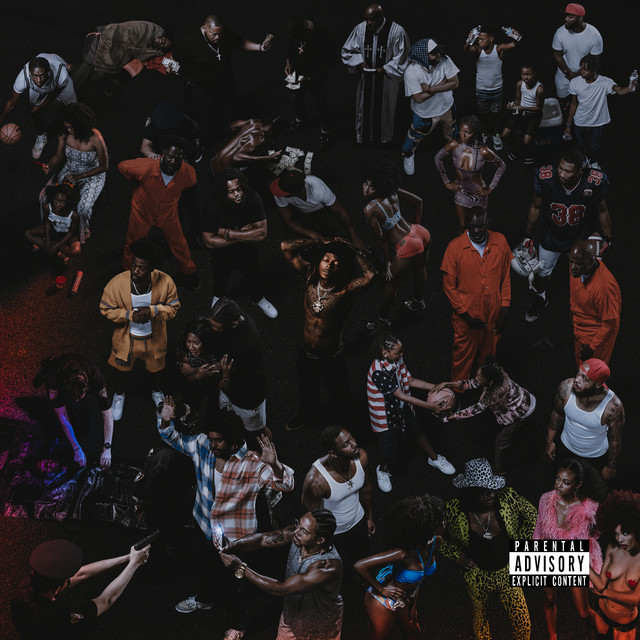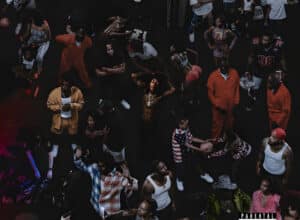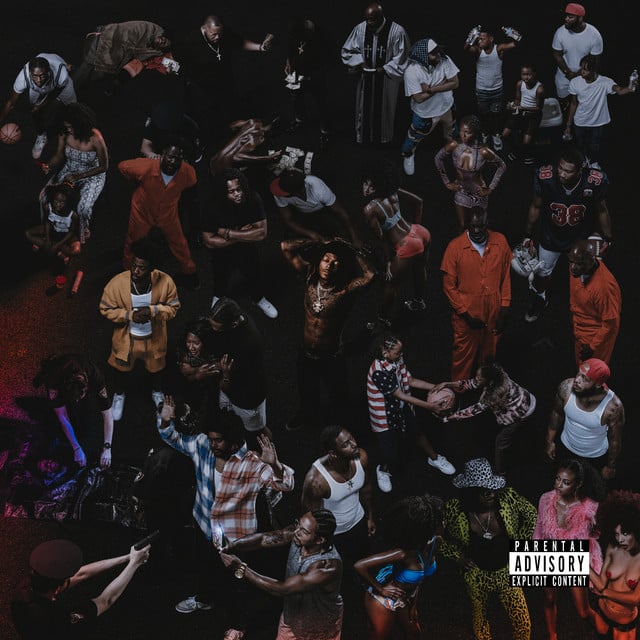Released: 2022
JID’s “Kody Blu 31” is a powerful exploration of struggle, resilience, and affirmation. Layered with references to culture, family, personal experiences, and systemic challenges, the song paints a deeply poignant narrative about the struggles faced by Black communities, particularly in the United States.
The track kicks off with a chilling intro filled with haunting, repetitive “doo” sounds that prime the listener for a sermon of sorts, suggesting a tough journey lies ahead. The ‘feature presentation’ phrase indicates the lyrical content that follows is profound and noteworthy, like the main event of a show.
JID then dives into a poetic portion, calling upon arguably one of the most recognized prayers from Western religious tradition, “as I lay myself to sleep, I pray the Lord my soul to keep”. This signals a heavy spiritual undertone, suggesting not just a personal struggle but an existential one. The “pressure”, the “journey”, and the “places where history can’t stop or break me” all indicate JID’s growth in an environment burdened by legacy systemic issues that can’t be easily escaped.
The focus on ‘swanging on’ is a call to resilience in the face of adversity. It’s like being in a prize fight wherein you’re on the ropes in round twelve and all you can do is ‘swang on’, keep fighting, keep surviving. When JID mentions “Swastikas and the police”, he is alluding to systemic racism and oppression. The line “hang a nigga, swangin’ rope” explicitly highlights the brutal history of lynching in America.
In the next verses, JID opens up about personal issues such as conflicts in his community (“Peewee tried to swang on me”) and the strength of the women in his life. The line “You like the strongest woman on the fuckin’ globe” is a powerful testament to feminine strength, commonly celebrated in hip-hop.
When JID raps about “obsession with success by definition of my own”, he’s hinting at the pressure to make it not by society’s definition, but by his own, which likely involves maintaining integrity and authenticity in his craft.
Each time the chorus rolls around, it’s a reiteration of the song’s main theme—you’ve got to keep swinging, keep fighting, keep pushing forward. And the ending, with the repeating lines “swang on, swang on” brings the message back full circle, rounding off with the song’s core takeaway of resilient survival.








